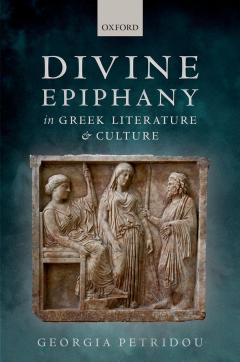Das Abaton Des Lykäischen Zeus Und Der Hain Der Elaia —— Zum Diskos von Phaistos und zur frühen griechischen Schriftkultur
----- 利西亚宙斯的堕落和伊莱亚的格罗夫:对法利斯的迪斯科斯和早期的希腊圣经文化
The Phaistos Disc was discovered in 1908 in a layer of a Cretan palace ruin dating back to the Middle Minoan period. Estimated as dating back to 1600 BC at the latest, the disc has so far remained unique of its kind and, given its presumed status as a script document of purely Minoan origin, has been generally thought to be at present indecipherable. The study is a detailed description of an approach to this problem not hitherto attempted, bringing the pictographs to life in an unexpected way. Both inscriptions with their highly suggestive texts point back to Arcadia as their source, thus casting new light on the origins of western literacy and the cultural implications of the Aegean Bronze Age.
{{comment.content}}








 京公网安备 11010802027623号
京公网安备 11010802027623号